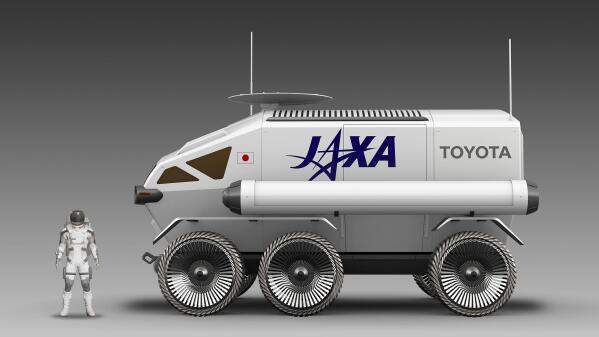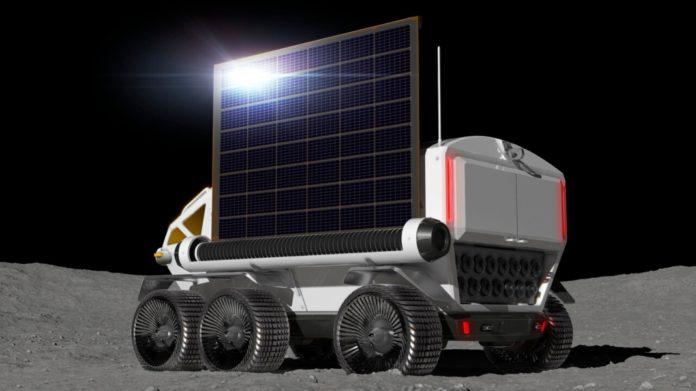In an unprecedented move that blurs the lines between automotive innovation and space exploration, Toyota, the renowned Japanese automaker, has unveiled ambitious plans to drive a ‘Lunar Cruiser’ on the Moon. This pioneering project is set to redefine the boundaries of human exploration and showcase the limitless potential of collaboration between the automotive and aerospace industries.
Japan’s Intensified Space Ambitions
Japan, under the leadership of Prime Minister Fumio Kishida, has significantly intensified its space ambitions. As part of the NASA Artemis program, Japan is actively involved and has ambitious plans to station an astronaut at a lunar space station known as Gateway during the latter half of the 2020s.

The Lunar Cruiser Collaboration
In collaboration with Japan’s space agency since 2019, Toyota has been working on the development of a manned lunar rover, which they’ve named the Lunar Cruiser. The goal is to deploy this rover on the moon by the year 2029. This collaboration represents a significant step in advancing space exploration and potential future missions that could rely on the moon’s resources for sustainable energy solutions.
Regenerative Fuel Cell Technology
The Lunar Cruiser will be powered by a combination of regenerative fuel cell technology and solar energy. Fuel cells operate similarly to electric vehicles but derive power from a fuel stack that separates hydrogen through a catalyst to generate electricity. Toyota plans to employ solar energy and water to produce hydrogen and oxygen through electrolysis during daylight hours.
Subsequently, the fuel cells will utilize this stored energy to supply electricity during the lunar night, which lasts about 14 Earth days. Thanks to this innovative technology, the lunar rover will be capable of extended operation even in darkness and extremely cold conditions.
A Major Advancement in Space Exploration
Toyota aims to secure an order for the manned lunar rover by the autumn of the following year. The vehicle’s design will allow it to accommodate two astronauts for up to 42 days per mission and remain operational for an impressive ten-year duration. This significant contribution represents a major advancement in space exploration and demonstrates the potential for sustainable energy solutions beyond Earth.

Global Collaboration and Inspiration
This collaboration between Toyota and Japan’s space agency highlights the importance of international cooperation in space exploration. With JAXA’s involvement, Toyota’s Lunar Cruiser project becomes a global endeavor, showcasing how nations can pool resources and knowledge to push the boundaries of human capabilities. As space exploration becomes increasingly complex and expensive, international partnerships become essential to ensure the success of future missions.
Moreover, this partnership has the potential to capture the public’s imagination and inspire the next generation of scientists, engineers, and space enthusiasts. As Toyota takes its iconic brand to the celestial realm, it can ignite curiosity and interest in space exploration among people worldwide. By engaging the public in such ventures, space agencies and private companies can foster support for future missions and generate enthusiasm for scientific discovery.
Toyota’s plans to deploy a manned lunar rover powered by regenerative fuel cell technology mark a pivotal moment in space exploration. By harnessing the moon’s resources for sustainable energy solutions, this ambitious project not only showcases Japan’s dedication to advancing space exploration but also lays the groundwork for future missions to the moon and beyond. As technology continues to evolve, collaborations between diverse industries hold the potential to unlock the mysteries of the cosmos and drive humanity’s dreams of exploring the final frontier.
Stay tuned to Brandsynario for the latest news and updates.






































